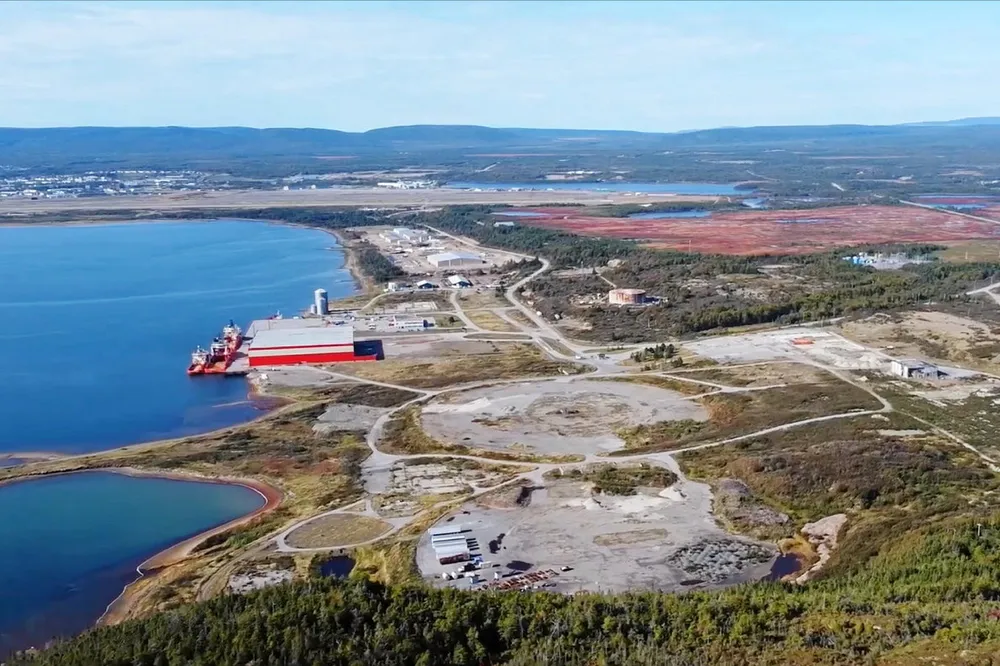Canadian government to lend $95m to giga-scale green hydrogen project mired in permitting queries
Project Nujio’qonik developers face questions from regulators about its requirements for grid power

Project Nujio’qonik developers face questions from regulators about its requirements for grid power
